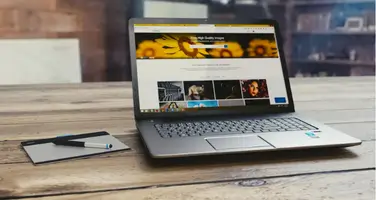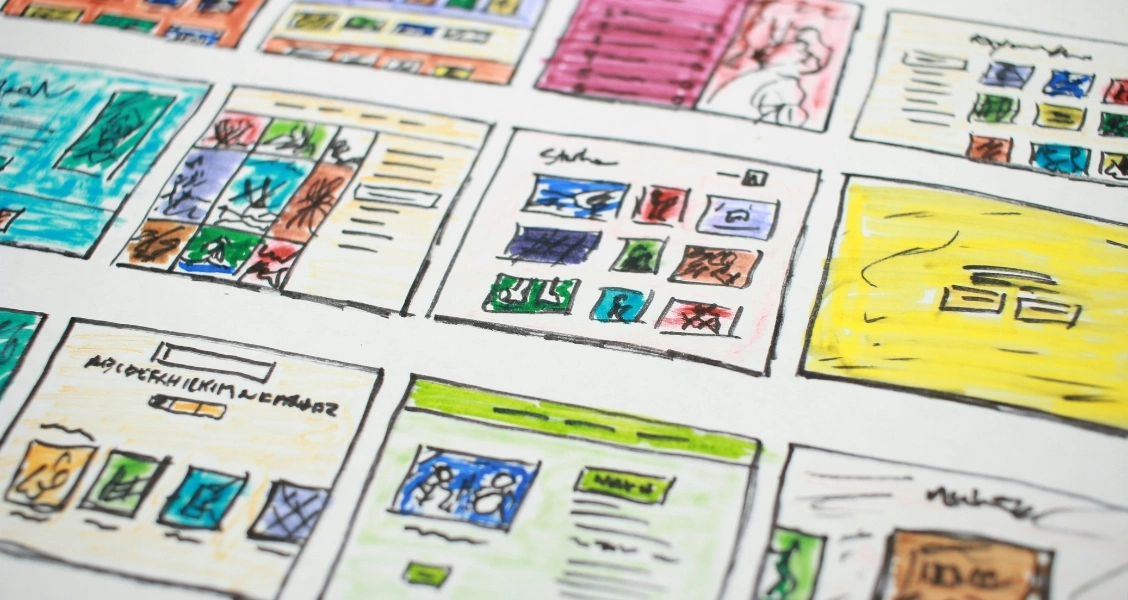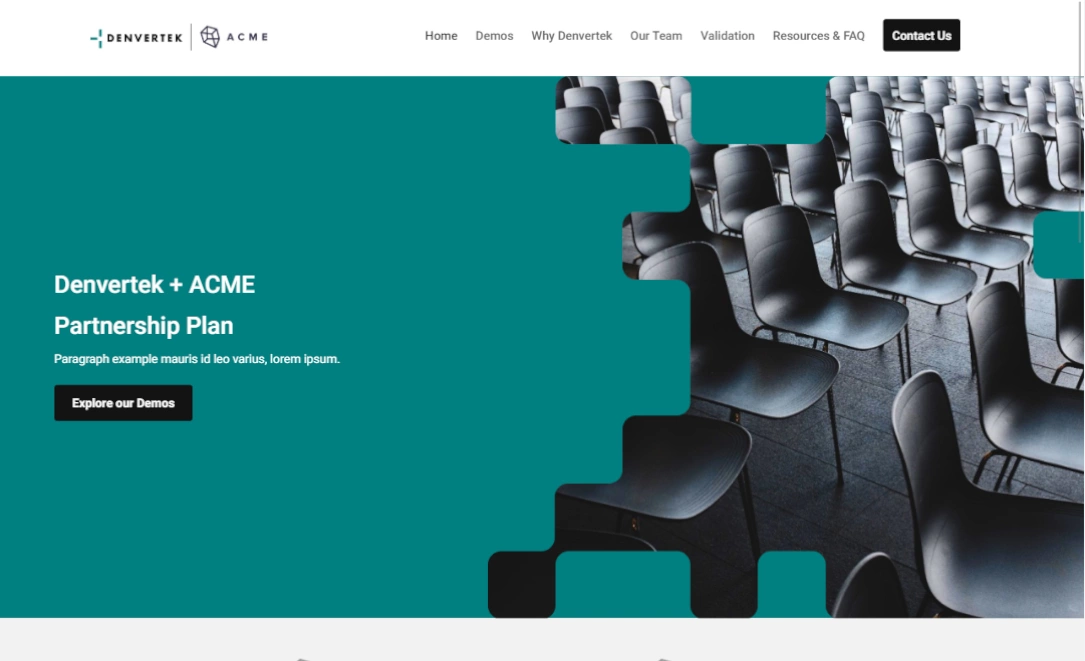Although recent data from the Centers for Disease Control’s infographic on disability shows that 26% of adults in the United States have disabilities, many mainstream resources remain difficult to access. These notably include internet resources, where about 90% of websites are considered to be inaccessible to people with disabilities.
This lack of access puts consumers with disabilities at a disadvantage and causes them to lose out on a variety of online services and benefits. Meanwhile, for companies, this issue can amount to almost $7 billion in annual losses due to missed opportunities to engage those with disabilities. In 2021 alone, a Forbes report on Christmas profits shared that retailers lost some $828 million in would-be holiday sales due to inaccessible websites. This was made even more problematic by lawsuits filed by consumers who claimed they were “locked out” of services.
To avoid these issues and ensure that your website and microsites are equally accessible (and profitable) across the board, it’s important to adopt mindful features that benefit the disabled community. And while different disabilities may require more nuanced considerations, there are some basic, effective strategies you can begin to implement this year.
Consult with people who have disabilities
As was discussed in a CNBC article about internet accessibility, because most people (including programmers) don’t know what needs to be done, accessibility efforts are often slow-going or superficial. To make sure that your accessibility efforts are actually impactful, then, try to look for a provider who has people with disabilities on their team. Alternatively, you can also set up trial quality assessments conducted in part by people with disabilities. In doing so, you’re gaining invaluable insight straight from the community you’re trying to serve. And since this process will allow you to fine-tune your efforts, you can also minimize unnecessary costs and focus on truly meaningful pivots that are worth your investment.
Make use of alt tags
Many people with disabilities rely on Screen Readers to navigate content online. However, because these programs literally read out text, they’re unable to recognize images, or the additional text that may exist within those images. This means that if you’re using images to punctuate your content, the effect will be lost on those using Screen Readers. As such, it’s a worthwhile idea to enhance images with Alt Text. Through this mechanism, you can include descriptions of images that a Screen Reader can understand. You’ll want to describe what the image is about, who or what is in it, and what data or point is being illustrated. By adding tags that convey these elements, you invite visitors who cannot visually see your images to benefit from those images nonetheless.
Choose legible and enlargeable font
For many with visual impairments, it’s hard to read stylized fonts. Furthermore, as is revealed in a blog post on the digital divide by Maryville University, approximately 31% of people in the survey stated that they can’t read well enough to access information on a mobile phone, specifically. For these reasons, it’s wise to avoid difficult fonts and choose a Sans Serif option –– which tends to register more clearly for readers (including those with specific disabilities like dyslexia). By choosing a simpler font, you’re reducing the confusion that fancy serifs may cause. In addition to choosing a thoughtful font style, consider also adding an option to enlarge the text. Providing this option without disrupting the layout will make the experience more positive for those with low vision or reading difficulties, as well as those who struggle on phone screens in particular.
Design universally engaging links
Links are a big factor in any website’s traffic and success. However, for those with disabilities, links may be nearly impossible to use unless they stand out or are accessible via Screen Readers. One of the easiest ways to address this issue is via anchor links. As mentioned in our earlier article called “Creating microsites — the 21 point QA checklist”, web and anchor links are critical parts of a site that make the user experience easier. When designed properly, they should change color once clicked, and link out to the correct pages. To make these anchor links similarly helpful for those with disabilities, try to place them in visible areas like the header, table of contents, or conclusion. This makes them easier to find. On top of this, rather than writing out short anchor texts (for example, “link here”), opt for more descriptive ones (such as, “this report on disability in America”). This way, Screen Readers can accurately read out and pinpoint relevant links.
Though there’s no law that requires you to make your websites and microsites accessible, it is the ethical thing to do. With the disabled community being a vibrant and vital part of our national community, it’s important for those operating online to make an effort to include them. And in the long run, prioritizing accessibility will pay off, too. Reports indicate that people with disabilities spend upwards of half a trillion dollars every year. By ensuring that accessibility is a core component of your website, you can tap into that business and expect a more well-rounded, supportive, and engaged audience in 2022 and beyond.



